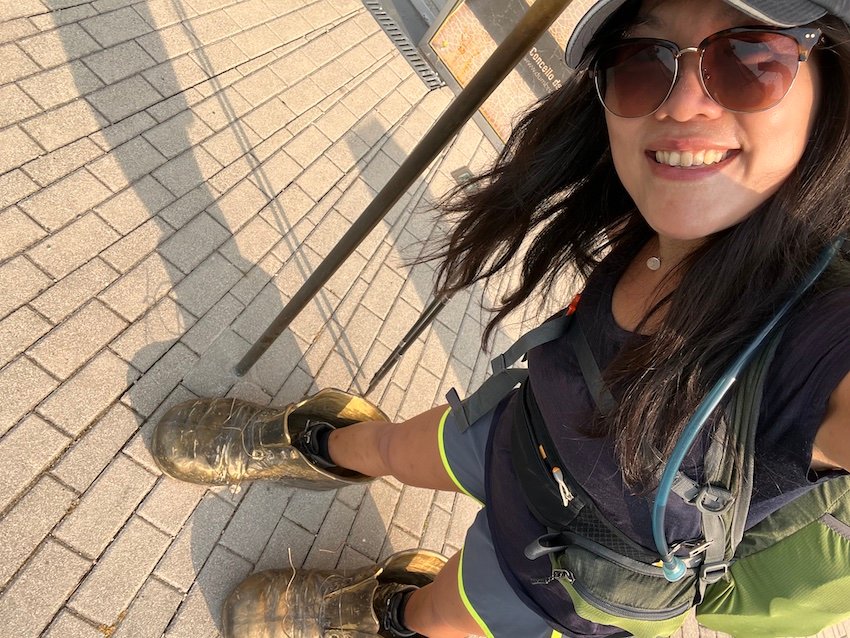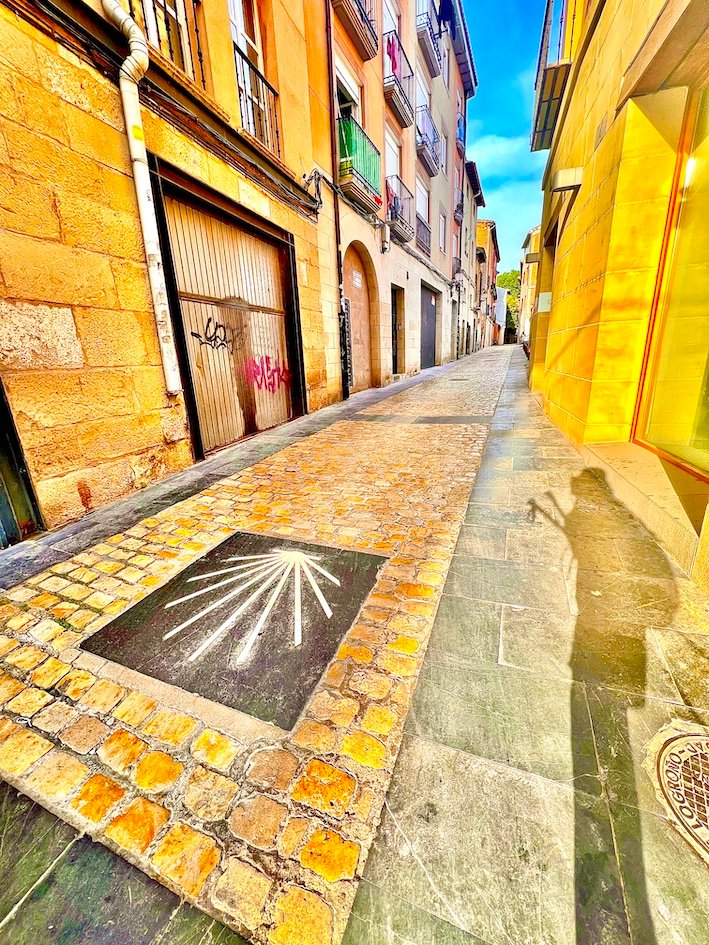The Camino de Santiago or “the Way”, is a pilgrimage to the Cathedral of Santiago de Compostela in Spain where the remains of Saint James rest. There are many routes to Santiago de Compostela, but the route that I was determined to walk was the Camino Francés or the French route. Spanning over 800KM, the French Route from Saint Jean Pied-de-Port is one of the most popular ways to get to Santiago de Compostela. Preparing to walk the Camino de Santiago, is a daunting feat – this post aims to highlight preparations, considerations, and the logistics for those interested in undertaking this amazing journey.
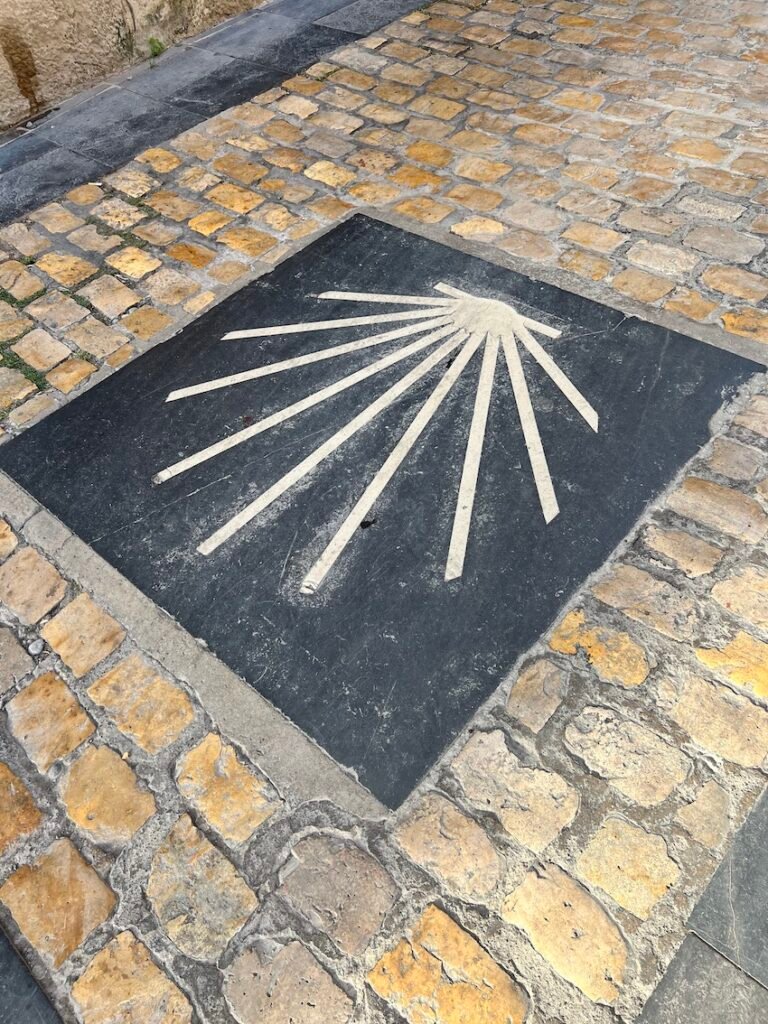
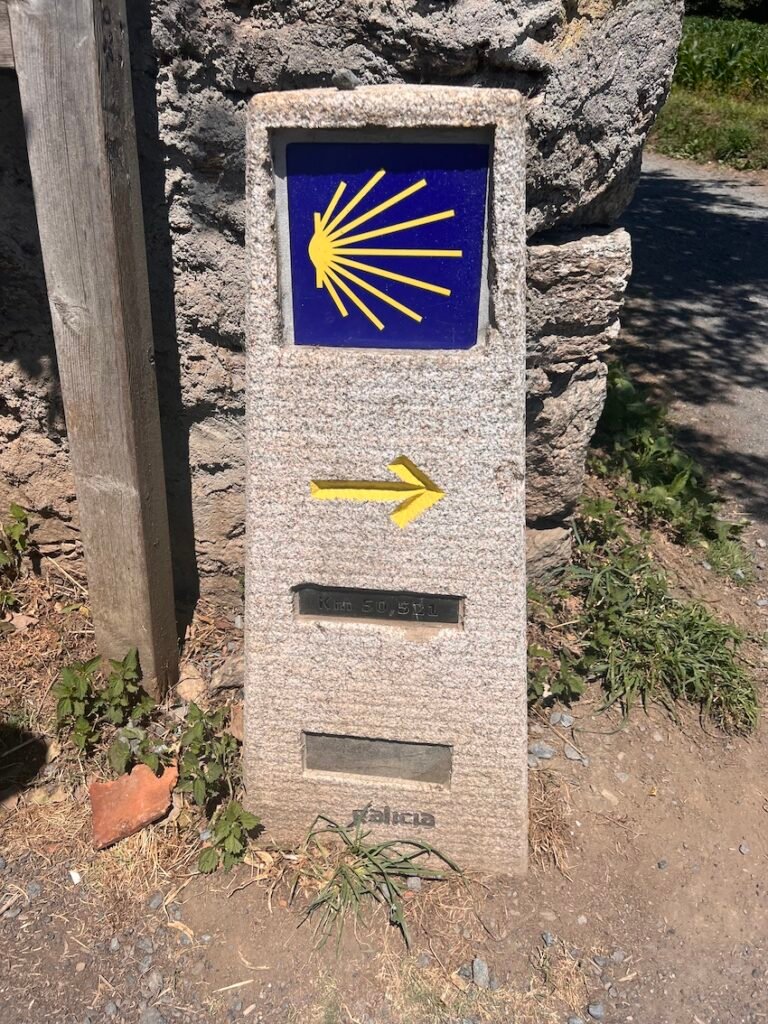
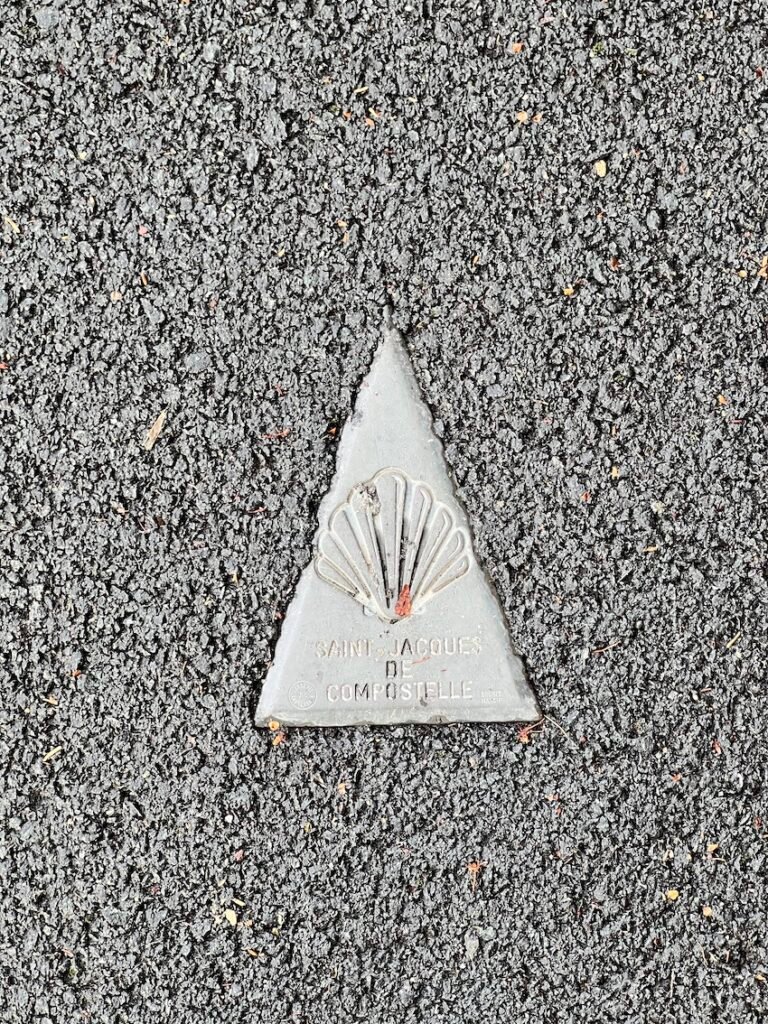
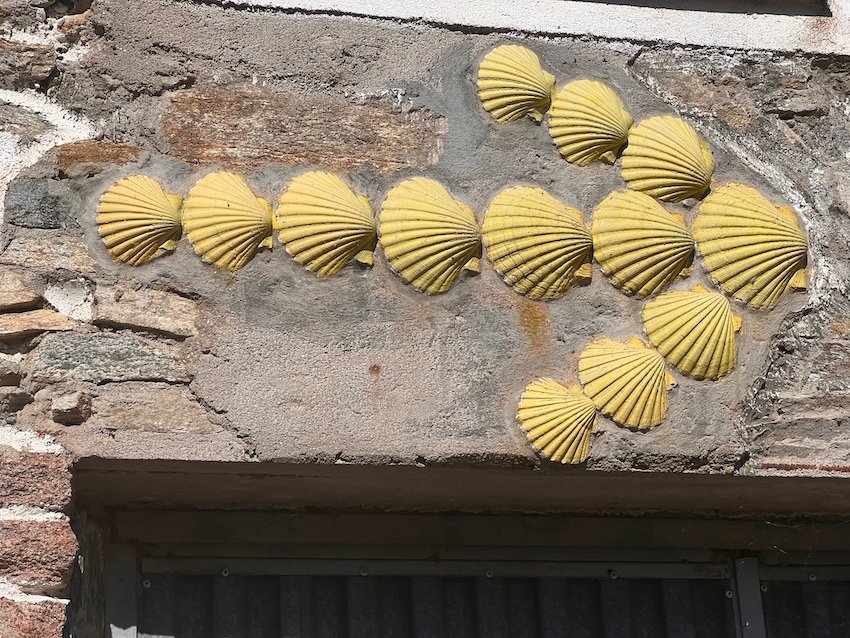
Pilgrims have been walking the Camino to Santiago for nearly 1000 years, since remains – believed to be those of the Apostle James were found near where the Cathedral de Santiago currently stands. Since the discovery, pilgrims from all over the world have made the voyage to the holy site. For those who complete at least the last 100km of one of the Caminos to Santiago on foot, they are eligible for a Compostela – a kind of certificate indicating you have completed the pilgrimage, so long as they have collected stamps along their journey on their credential.
This post includes affiliate links. If you make a purchase via one of these links, I may receive a small percentage at no extra cost to you.
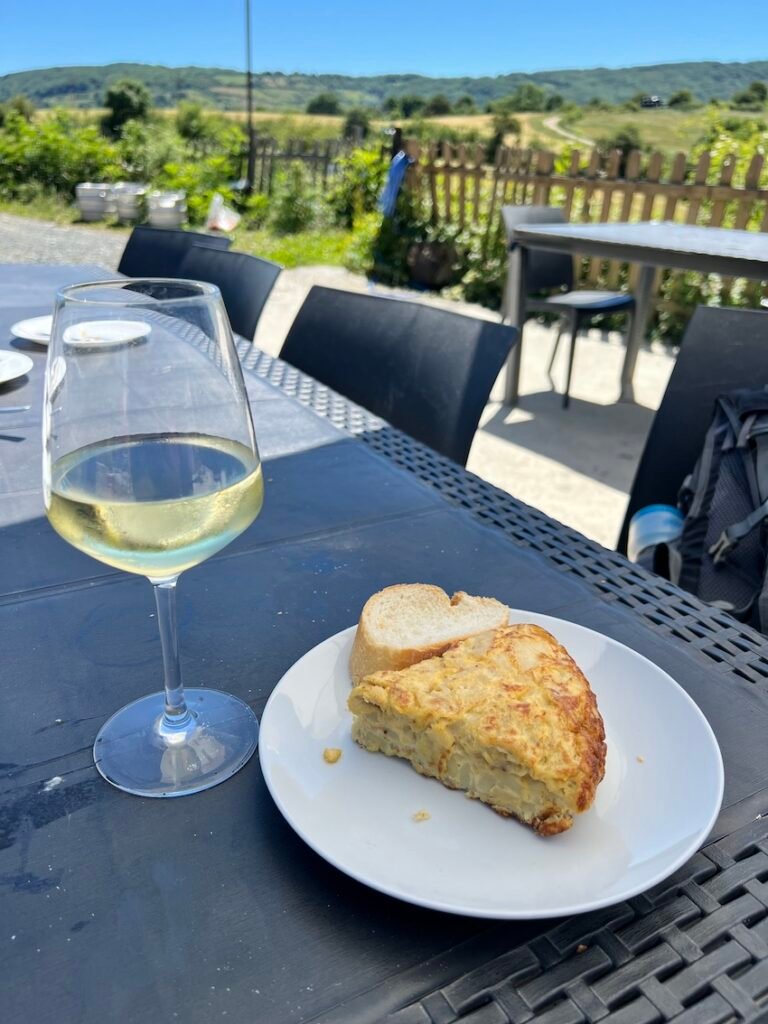
Contents:
- Which Route to Santiago de Compostela?
- How much time does it take to walk the Camino Francés
- Travel and Logistics
- Luggage transfer services and storage services
- How to plan accommodations
- Packing
- Budget
- Final thoughts on preparing to walk the Camino de Santiago
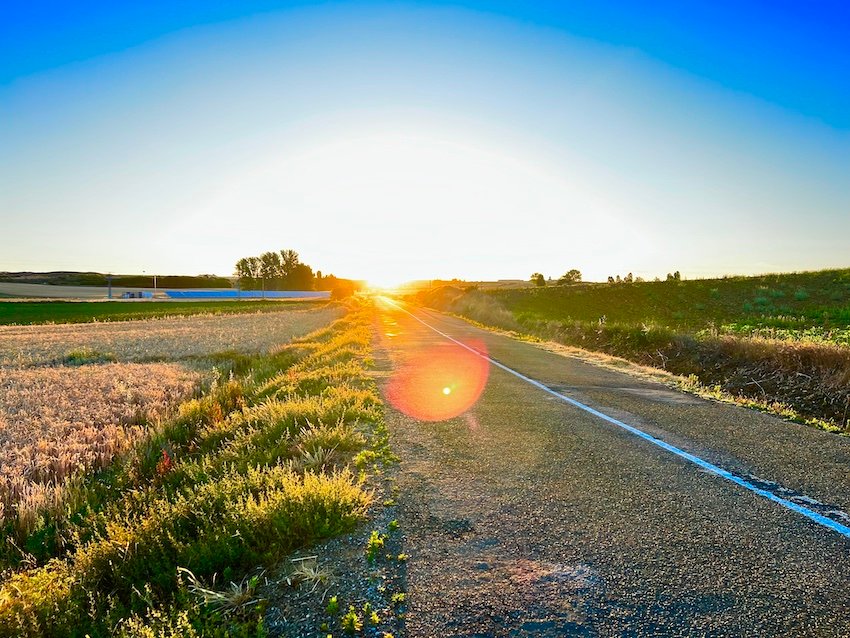
Which Route to Santiago de Compostela?
There are many routes to Santiago de Compostela. The French Route is the most popular and the one immortalized in movies like “The Way”. However, there are actually 6 major Caminos to Santiago de Compostela and 8-9 other variations beyond the 6 major routes. The 6 major routes are the French Way, the Portuguese Way, The Northern Way, the Original Way, The Silver Way and the English Way. The major routes differ in length from 790KM for the French route to medium-distance routes like the Portuguese Way (256KM) to short-distance Caminos like the English way – which is only 115KM long.
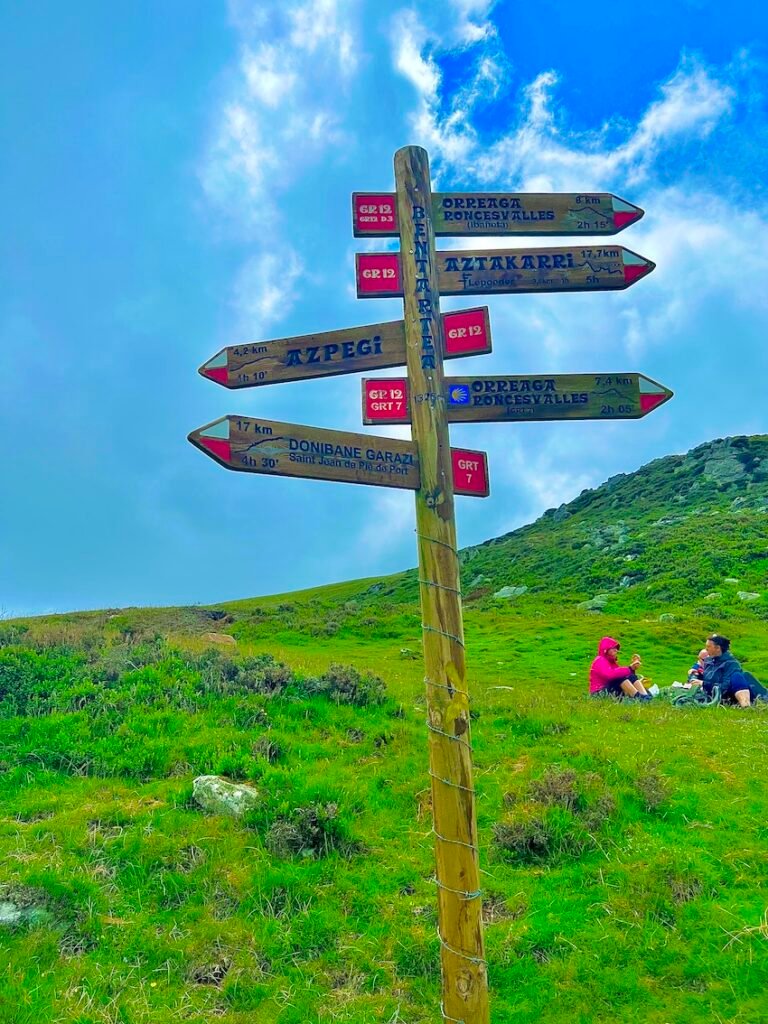
I chose the French route partially because it was the most popular route, and also because of the satisfaction of knowing that you would quite literally walk from one end of Spain to the other – assuming you consider the extra 100KM or so from Santiago de Compostela all the way to the ocean in either Fisterra or Muxia. Another reason was that the route was the most well-travelled – which meant it would have plentiful services, food, accommodations and interesting people to meet along the way.
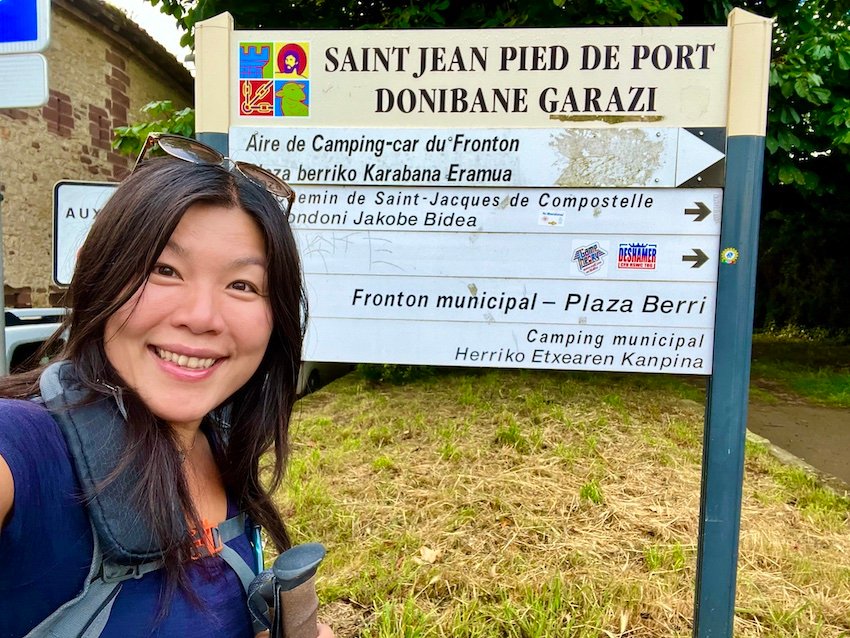
How much time does it take to walk the Camino Francés?
The Camino Francés is 790KM from Saint Jean Pied-de-Port to Santiago de Compostela. The standard length of time, you’ll see most people plan to walk the Camino Francés to Compostela is 33 days. Why 33 days? I’m not entirely sure – but many planning guides – including the one given to you at the Pilgrim welcome center in Saint Jean indicate a schedule of 33 days. Some believe that is because Jesus Christ was 33 years old when he died, so day for each year of his life. Whatever the reason – please don’t limit yourself to the idea that the Camino Francés has to be walked in 33 days. Many things can happen while you’re on the Camino. Injuries can happen if you push your body faster than it can go. One of the keys to success on the Camino is to listen to your body and know when to go off from the schedule you set for yourself – which is a spiritual exercise in and of itself.
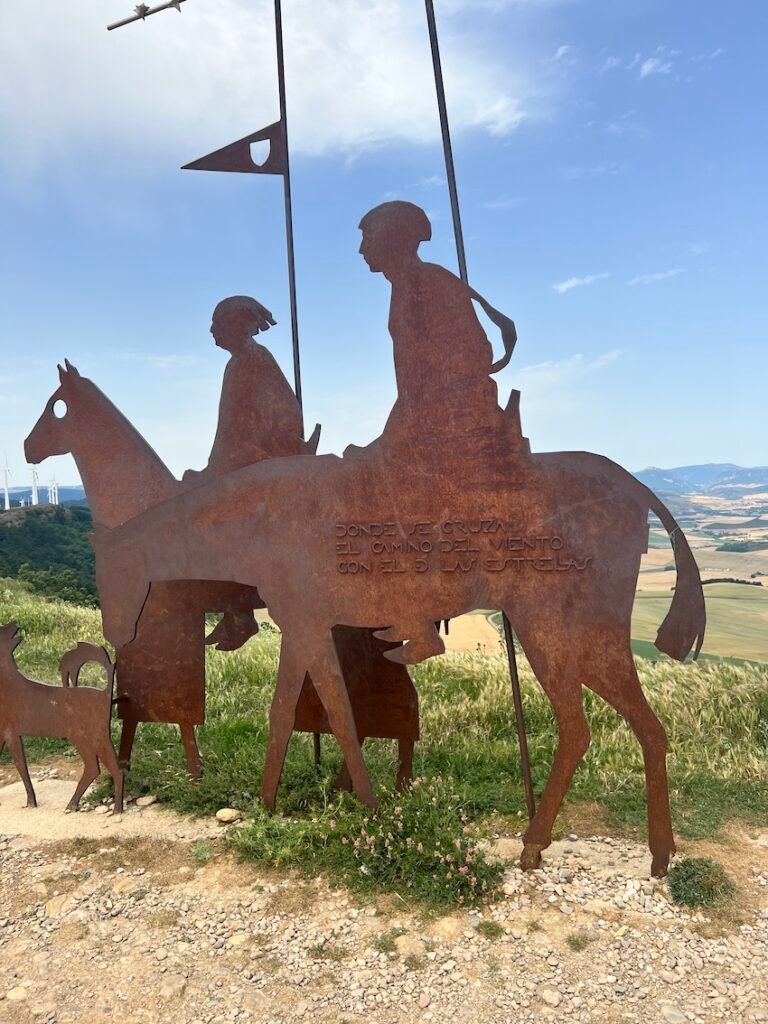
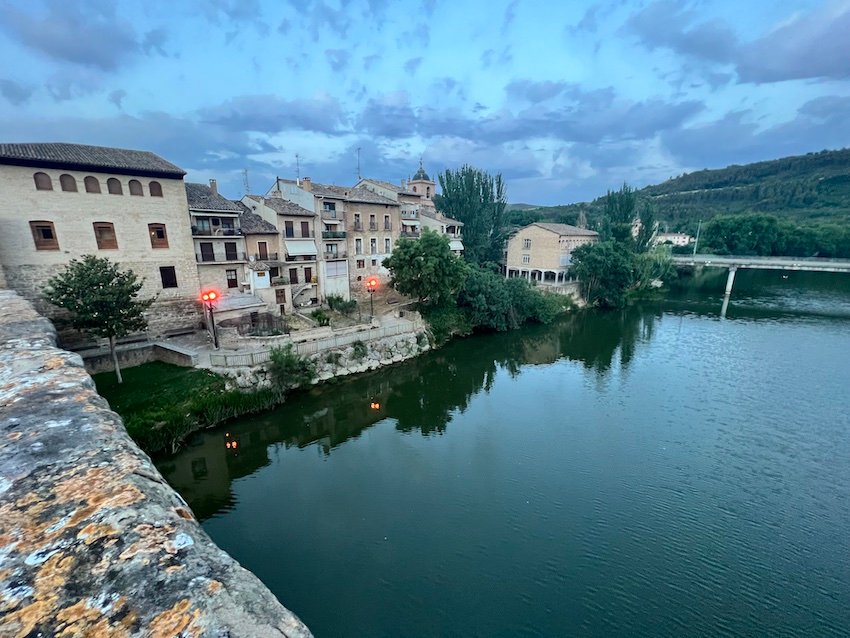
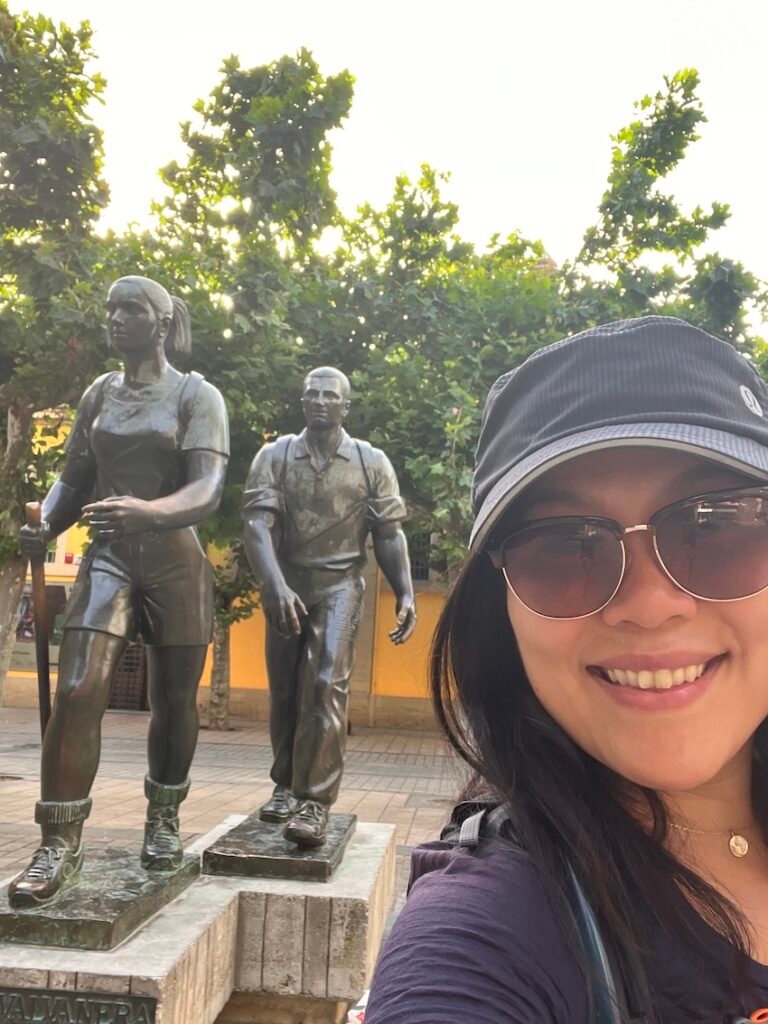
For my part – I didn’t have a set schedule – but when I got the information leaflet from the Pilgrim Welcome House in Saint Jean, I initially had the idea of walking the Camino in 33 days per their outlined route – but ended up having a “rest day” where I only walked 13KM (instead of the daily 25km or so it takes to complete the French route in 33 days) and got to Santiago in 34 days instead. Slowing down was really necessary. I was initially walking with a lovely group who were just walking too fast for me and my body told me I had to slow down and go at my own pace – and that is what I did.
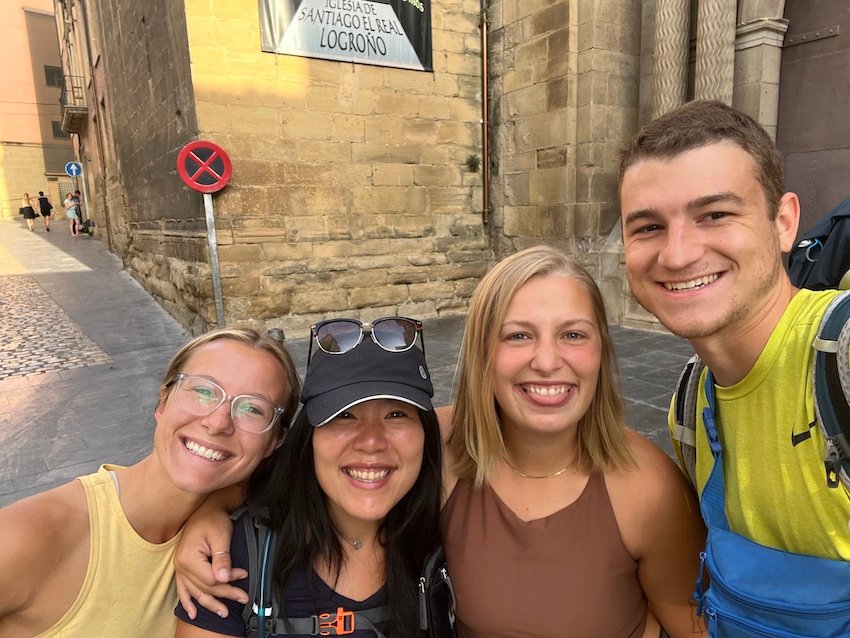
Most people can walk the French Route in 33 – 40 days. 33 days means you’ll have to walk an average of 24KM a day. 40 days means you’ll walk around 20KM a day. Of course – it doesn’t mean there are accommodations exactly at 24KM or 20KM – you’ll have to take a look at the route and see what accommodations are available at roughly the distance you want to walk each day. A fantastic app for planning this – and one I recommend every person download if they want to walk the Camino is “Camino Ninja”. This free app has GPS enabled maps for each of the different Caminos as well as accommodations information at all the towns along the way – so you won’t get lost. Huge bonus is that the GPS works even without internet. You’ll also be able to plan where you want to stay – and sometimes even book your accommodations directly on the app. Allocate an additional 4 or 5 days if you want to walk to Fisterra (90KM from Santiago) or Muxia (88KM from Santiago), if you want to make it to the ocean. You can also walk to both Fisterra and Muxia, if you walk the additional 30km between the two seaside towns.
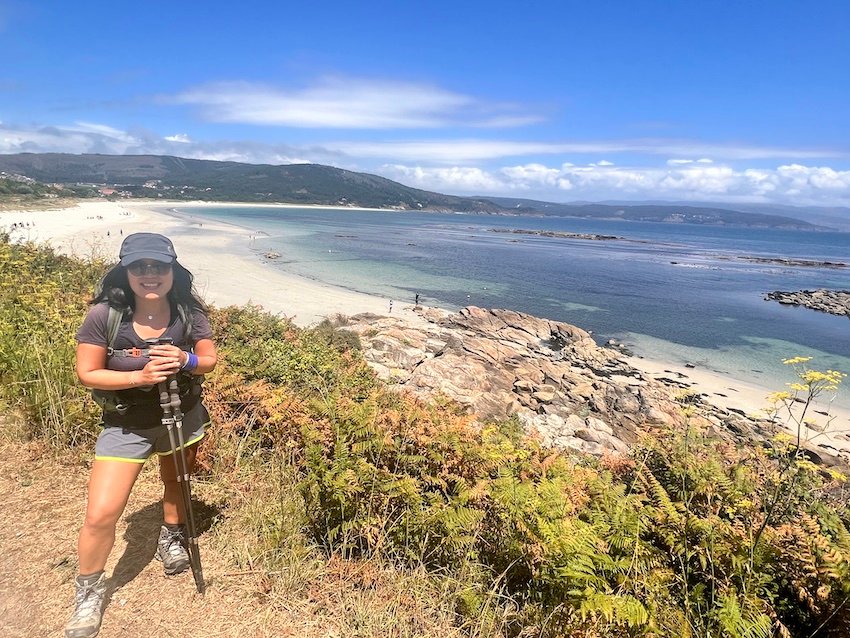
Travel and Logistics:
The closest major airports to Saint Jean Pied-de-Porte include Biarritz, France (BIQ) about 50KM away, Pamplona, Spain (PAM) about 75km away. From Pamplona you can catch a bus the rest of the way to Saint Jean Pied-de-Port. From Biarritz there is a convenient train connection to Saint Jean Pied-de-Port.
As I was flying to Spain from Mexico City, it was much more cost effective for me to find a long-haul flight into Barcelona (the largest major hub to Saint Jean Pied-de-Port) rather than into smaller cities like Biarritz or Pamplona. From Barcelona, it was easy for me to get a train from Barcelona to Pamplona, where I spent one night before taking the bus to Saint-Jean Pied-de-Port.
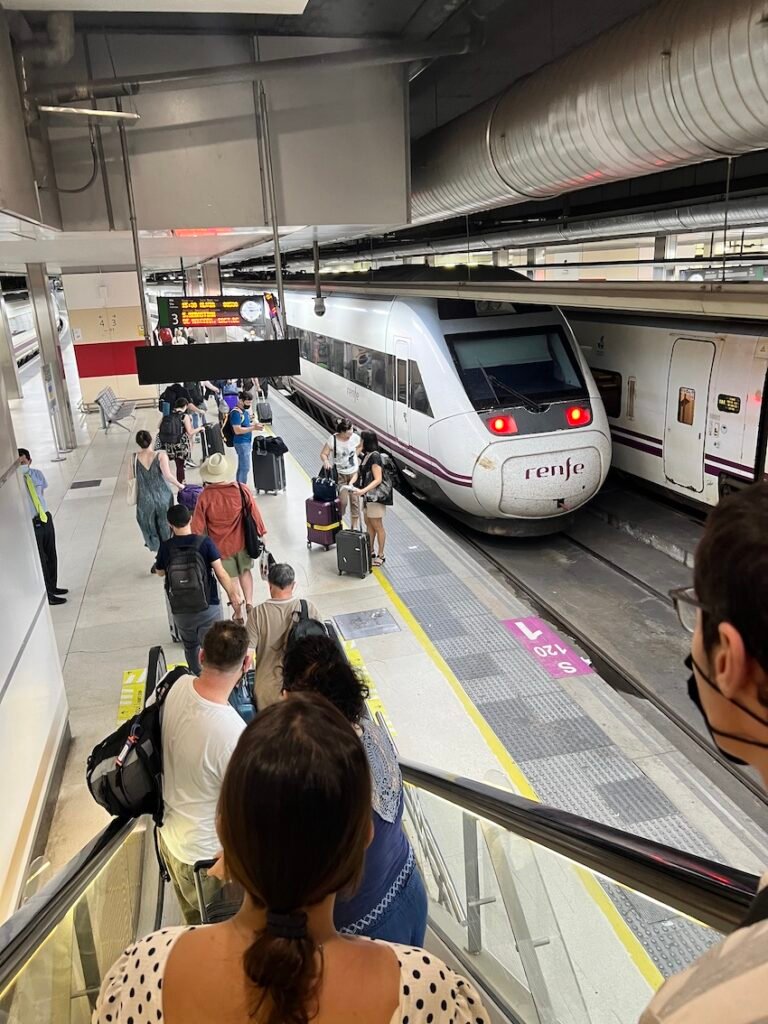
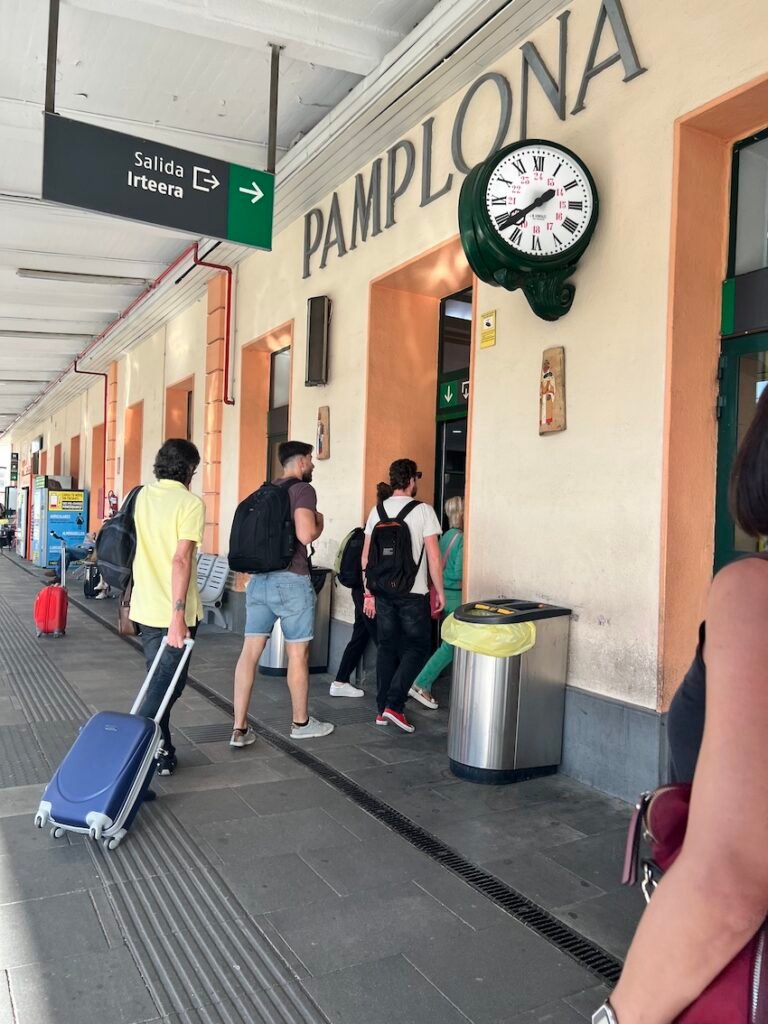
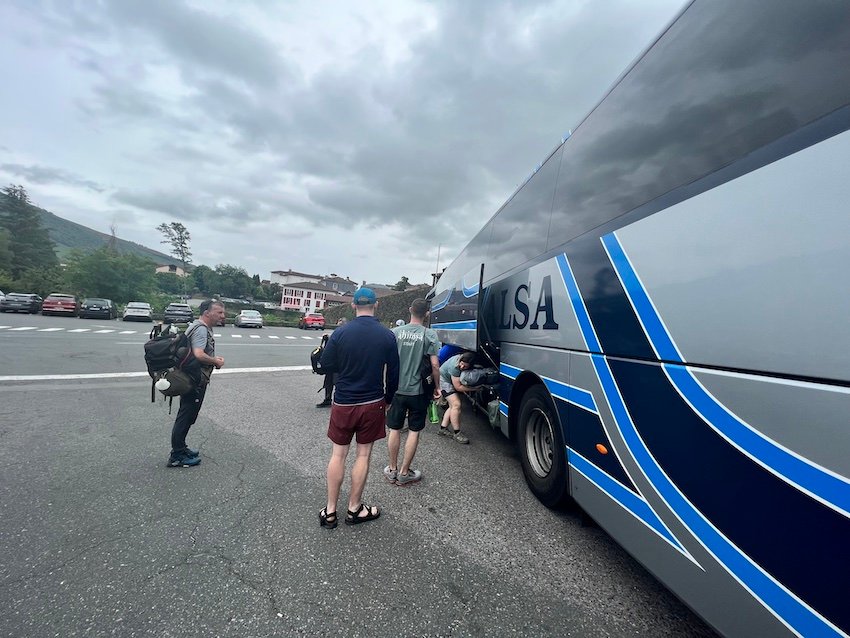
Luggage Transfer Services and Luggage Storage:
As I was walking the Camino as part of a round-the-world trip during my sabbatical year, my backpack was much too large for me to carry all across Spain. The general rule is your backpack is no more than 10% of your body weight to a maximum of 10kg. The lower the better. My large backpack was anywhere between 16 – 18KG, and it was far too large and heavy to carry 800km to Santiago. There are several options for those who have excess luggage – one is to have your extra luggage shipped to Santiago de Compostela at the end of the Camino for you to pick it up at the end of your trek, and the other is to use a luggage delivery service – which will allow you to keep your larger bag with you for your Camino but not have to carry it from destination to destination.
I elected to use the luggage delivery service called Paq Mochilla from the Spanish postal service this was an excellent service It cost me 150 Euros total to have my large backpack picked up at my accommodations in one city and delivered to my accommodations in the next city over the course of my entire Camino allowing me to travel with just a 6KG daypack for the duration of my walk across Spain.
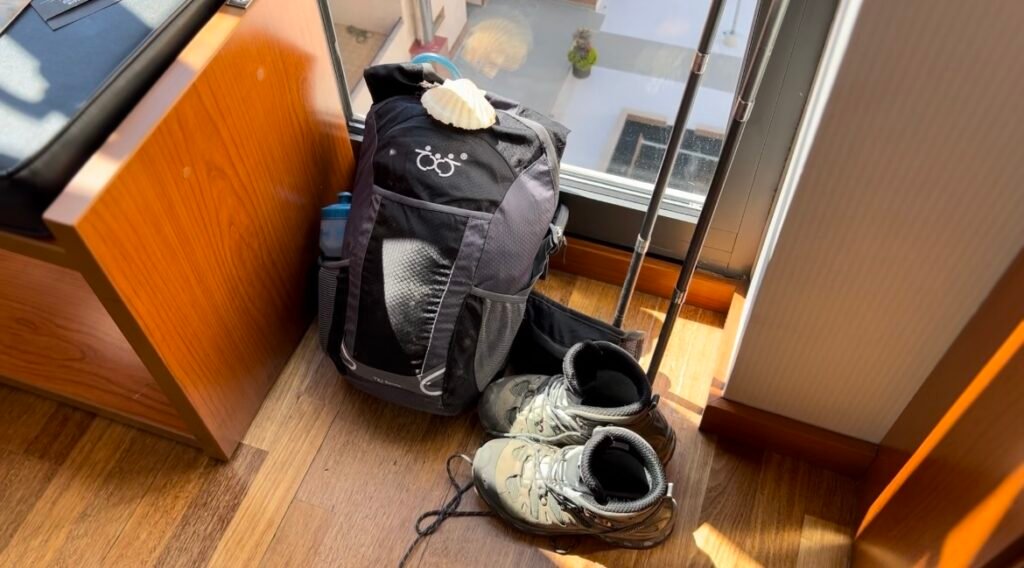
There are other services on the Camino where you can call in to have the service pick up and drop off your bag from one destination to another – but then you need to rely on the guesthouse to call in for you, and it can be a little iffy sometimes if they forget to call in or miscommunicate with the next guesthouse. There’s also no guarantee your guesthouse will make the call for you – so you might be on your own trying to call the service for a pick-up in Spanish.
Paq Mochila is an excellent service for those who prefer to be able to arrange pick up and drop off of their extra bag online. You can do this online or via their call-center before 8pm the day before you plan to arrive in the next destination – so up until 8pm the day before, you have the option of deciding how far, and to where you want to walk the next day.

You would think over the course of 34 days (that’s over 30 pick ups and drop-offs) something would have gone wrong – but my bag magically reappeared in the next city every time (except once when it got delivered to a hostel with a similar name to the one that I was booked at – but it was in the same village and just a 10 minute walk away so it was not a problem in the end).
Note that most luggage services including Paq Mochila only run in Spain – so to get from Saint Jean Pied-de-Port in France to the first major stop in Spain (Roncesvalles), you’ll need a different service. The one I used was Express Bourricot, which costs 8 Euro to get your bag from Saint Jean to Roncesvalles – then all the Spanish service providers can get your bag to Santiago from there. You can also use Express Bourricot to get your bag all the way to Santiago – but their service is more costly than their Spanish competitors which usually charge in the 5 Euro range per transfer or less.
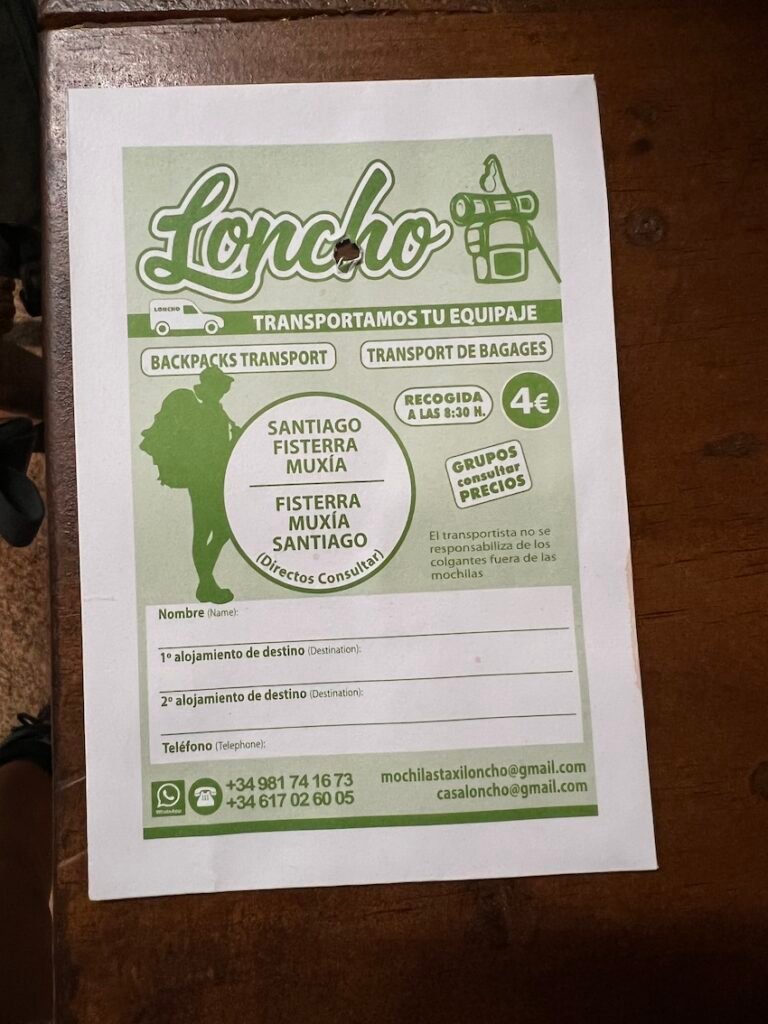
How to plan accommodations on the Camino:
My best advice on how to plan for accommodations on the Camino – is to not have a plan at all. Yes – please don’t pre-book accommodations ahead of time. Why not? Because you never know when you might need, or want more time in a certain city or region. You may simply need a rest or might unfortunately need to heal an injury. If you don’t have a set-time you need to return home, then do yourself a huge favour and let the Camino and your body tell you where you want to be the next day.
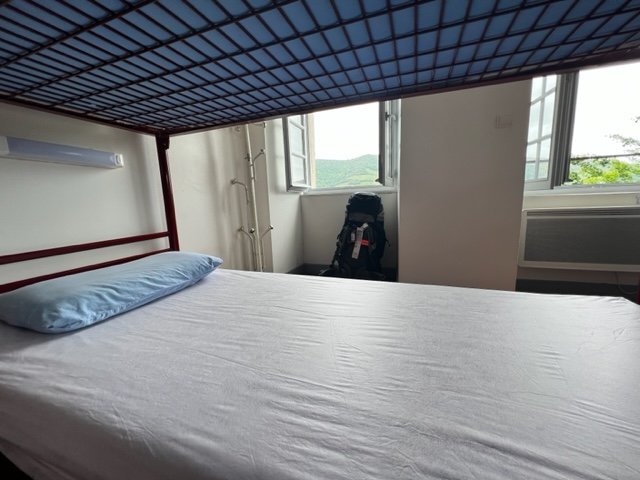

I met a few people who pre-booked their accommodations all the way to Santiago, and they basically had to stick with that schedule despite meeting new people they might want to hang out with or just not feeling up to walking certain distances – because so much was non-refundable they were forced into a schedule. If you have an open schedule – keep it that way. The Camino provides – you’ll find somewhere to stay every day – believe it. The Camino Ninja app has most of the more popular accommodations options listed for your information. The cheaper municipal albergues do not accept reservations in any case – you just need to show up, and almost all of the time – you’ll be accommodated. Note that most churches along the Camino will let pilgrims sleep there for free – if you need shelter and cannot find it – there’s always a way on ‘the Way’!
The only portion of the Camino I might suggest booking fully-refundable accommodations is the last 100km roughly from Sarria to Santiago – as many pilgrims just do this section in order to get their certificates of completion. There are plentiful accommodation options otherwise.
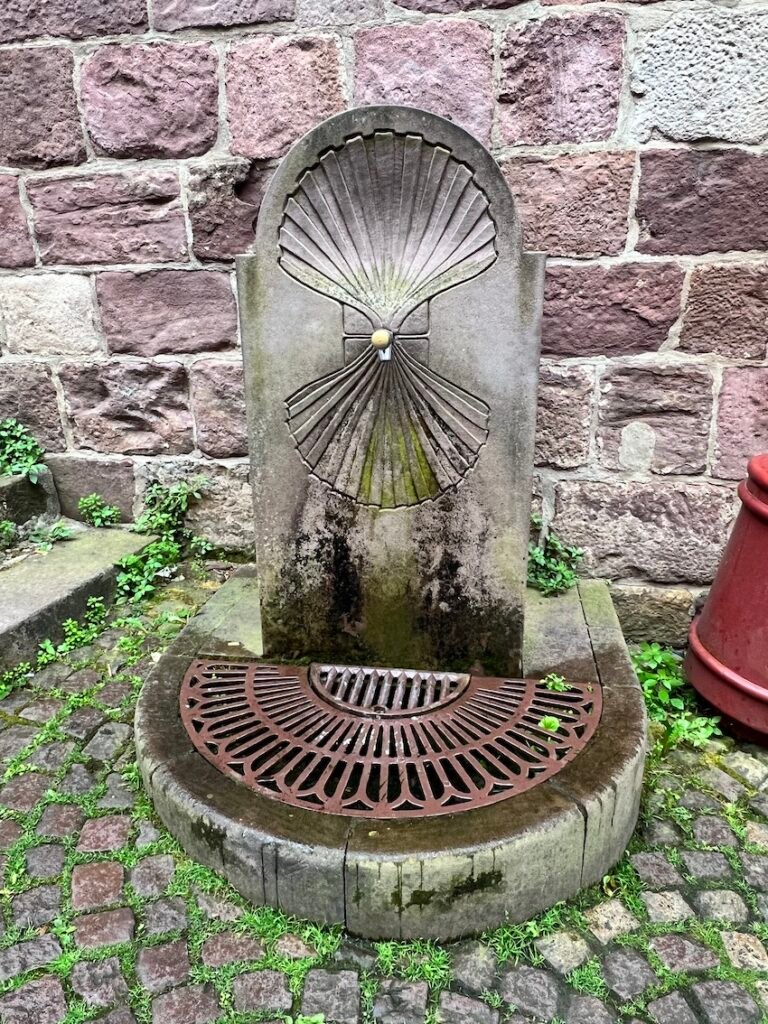
Packing:
The lighter our pack, the more enjoyable and successful your trek will be. Keep to the 10% of your body weight (to a maximum of 10KG) as a strict guideline for your pack weight, as every gram carried over the course of 800KM will cost you and your joints. For those going with a luggage transfer service like Paq Mochilla – congrats – you don’t have to be so stringent with your day pack – as your items can be transferred from one destination to the next every day, but for those not using a bag transfer service, here’s an essential packing list:
- Your Pilgrim’s Credential to collect stamps at establishments and albergues each day of your Camino. You’ll need one stamp each day, and two stamps a day for the last 100KM to Santiago de Compostela. You can obtain your credential at the Pilgrim’s office at various start points of the Caminos. For the Camino Francés you can get your credential at the Pilgrim’s Office in Saint Jean Pied-de-Port
- Sturdy hiking boots ideally with ankle support. I use and love Saloman’s Quest 4D hiking boots (women/men) – they are considered some of the best in the market.
- 20 – 30L hiking backpack. The Osprey Talon is one of the best hiking backpacks on the market. If you’re traveling light, consider this ultralight expandable 20L-30L backpack with lightweight back support and hip and chest straps – it also comes with a rain cover, is waterbladder compatible and only weighs 1lbs.
- Hiking poles I use these tri-fold hiking poles that can fit into my daypack when not in use.
- 2L water bladder (highly recommended so you don’t have to reach back or take off your backpack to get a drink of water. You’ll want to hydrate often given the conditions.
- Headlamp – for walking in the pre-dawn hours. I prefer using a rechargeable headlamp to avoid disposable batteries.
- Power bank. I used this one on various multiday hikes including 6 days on Kilimanjaro. Avoid powerbanks over 20000mAh for trips involving air-travel.
- Sunscreen. I love using La Roche Posay SPF 50 for Kids a super-powerful sunscreen that’s also gentler on my sensitive skin.
- Brimmed hat or ballcap – very important to keep the sun off your face
- Flip-flops or hiking sandals for showering and post-hike
- 2-3 quick-drying t-shirts. You basically have to wash your shirt every day and have an extra to wear in case it’s not dry by the next day. A 3rd T-shirt is wise, just in case. I love Icebreaker Merino t-shirts (women/men)– as they dry quickly and resist odors even after multiple wears. I basically alternated between 2 icebreaker t-shirts for the Camino.
- 1-2 pair shorts – one for hiking, another for post-hike (optional).
- Lightweight towel
- Bar shampoo – I use this as my everything soap.
- 2-3 pairs of hiking socks. I use Icebreaker Merino socks (women/men), as they have a lifetime guarantee. If your socks ever develop holes, just send open a claim online with some photos, and Icebreaker will send you a giftcard for the value of the socks!
- 1 pair of convertible hiking pants (men/women) – useful for keeping the chill off in the mornings and for converting to a pair of shorts if the day heats up.
- 1 long sleeve shirt (for the evening)
- 1 hoody or mid-layer – if you’re hiking in the cooler months, you might need an extra layer to keep the chill off I the evenings
- 1 rainshell (just in case it rains, but it is also helpful for keeping the wind off in the evening, and also in the pre-dawn hiking hours. Consider these ultralight packable jackets (women/ men)
- Rain poncho. This super light (about 50grams) rain poncho can go over both you and your backpack. Excellent value for weight – and an absolute must-have on the Camino.
- Toque/beenie – in the predawn hours it will be chilly – it is useful to have a hat
- Silk sleep sack – weighs only about 100g and worth its weight in Gold. Definitely have one of these. Unfortunately there have been reports of bed bugs in some accommodations – a sleep sack will offer some protection against this.
- Body Glide – stop blisters before they begin by using this preventative balm on your feet – a very thin layer will do – and unlike Vaseline, this stuff doesn’t stain or gunk up your socks.
- If you did not take my previous advice about the Body Glide and find yourself with Blisters – you can try these blister pads to help allievate sore spots. Truthfully though, if you get blisters, the best way to get rid of them to drain them with a sterile needle and cover the small wound with antibiotic gel and a band-aid. You’ll find your way on this.
- Antibiotic ointment in case you need to drain blisters (sorry but this is going to be a reality for most of you if you walk 800km across Spain).
- A needle – and alcohol gel to sterilize it when you need it
- BandAids
- Water Filter. There are fountains readily available throughout the Camino, but you may wish to filter the water before drinking.
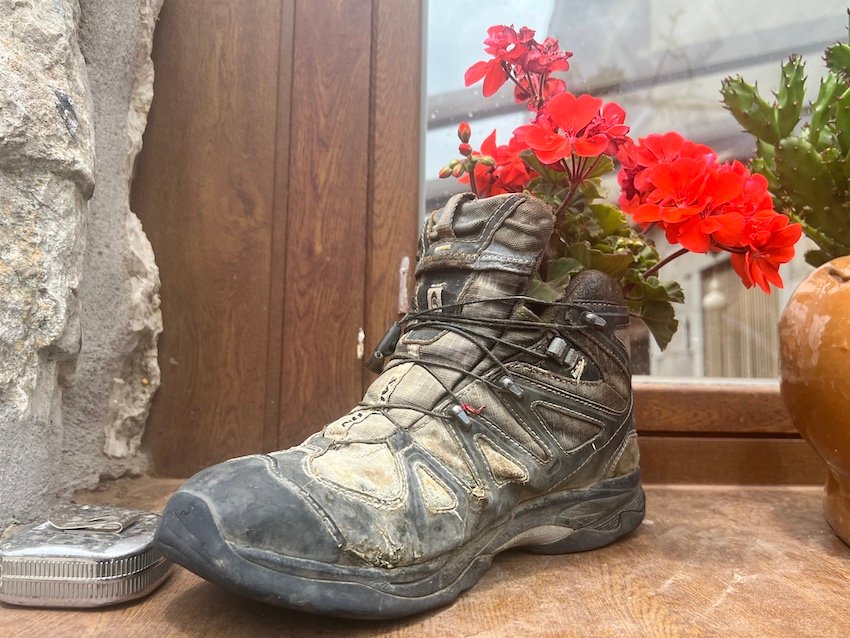
Budget:
Accommodations as of the Spring of 2022, was approximately 10 – 15 Euros per night in Albergues (hostels), and food and drink will run you approximately 10-15 Euros per meal at a restaurant. For my part, I typically only had one meal at a restaurant each day – typically the evening meal, and sometimes stopped somewhere for a coffee and something light in the morning; then snack on items I bought at grocery stores along the way. This meant food ran me about 15 – 20 Euros on a typical day on the Camino – but I also splurged on nicer meals at larger cities (like Pamplona, Burgos, Lyon and Santiago).
I would estimate a bare-basic Camino Budget – which would involve a lot of preparing your own meals and maybe having one restaurant meal a day, along with some drinks (wine is cheaper than water on the Camino!) would run you the following:
Accommodations: $400 – $445 Euro*
Food: $650 – $750 Euro*
Total**: $1050 – $1195 Euro**
*low range based on 33 nights from Saint Jean to Santiago, and high range for 37 nights from Saint Jean to Fisterra
**Not including the price of transportation and extras like a backpack transfer service. Estimates based on Spring 2022 pricing – adjust for inflation accordingly
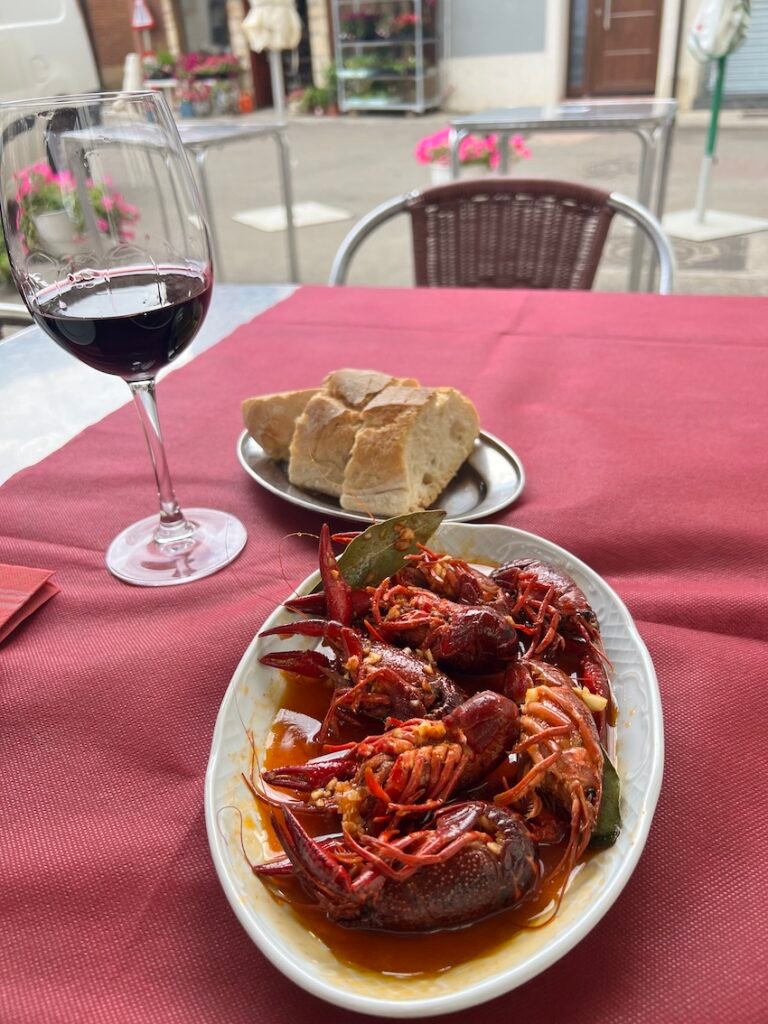
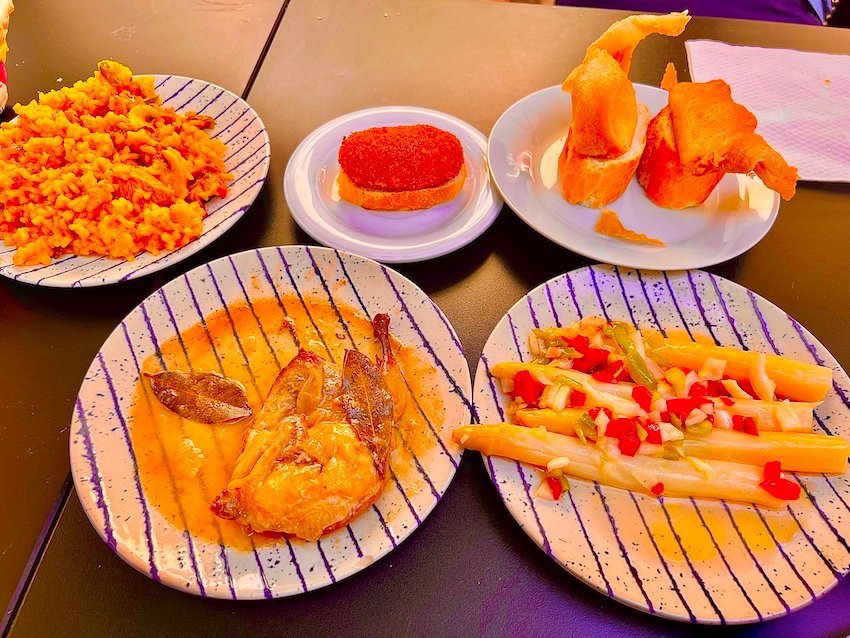
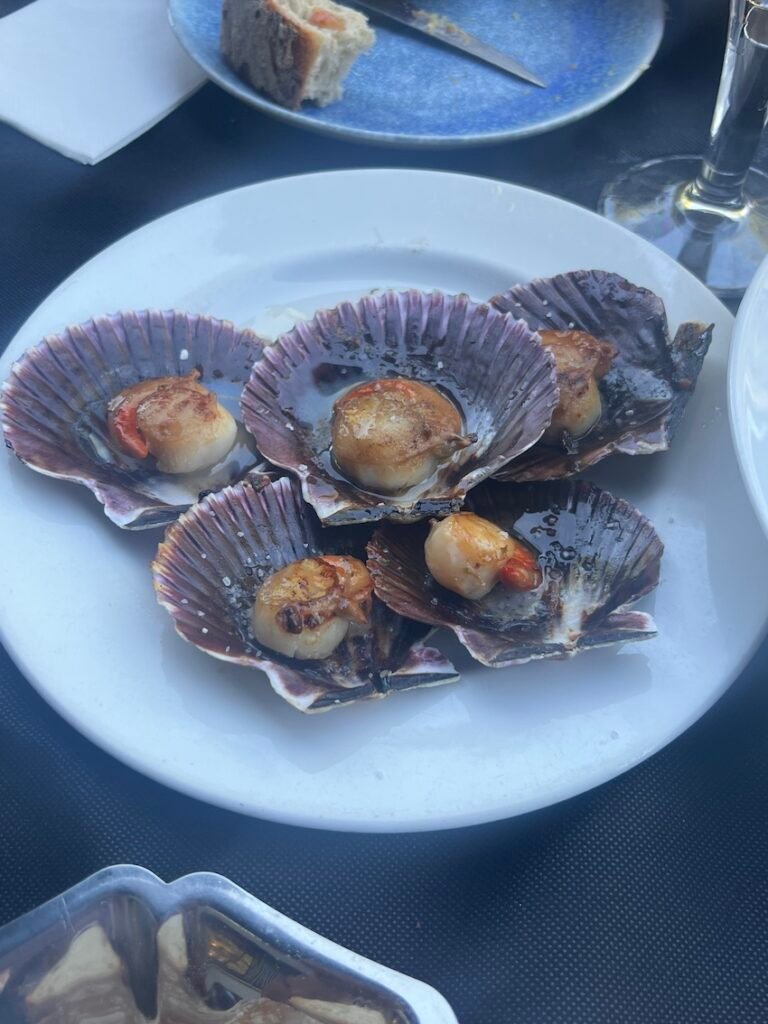
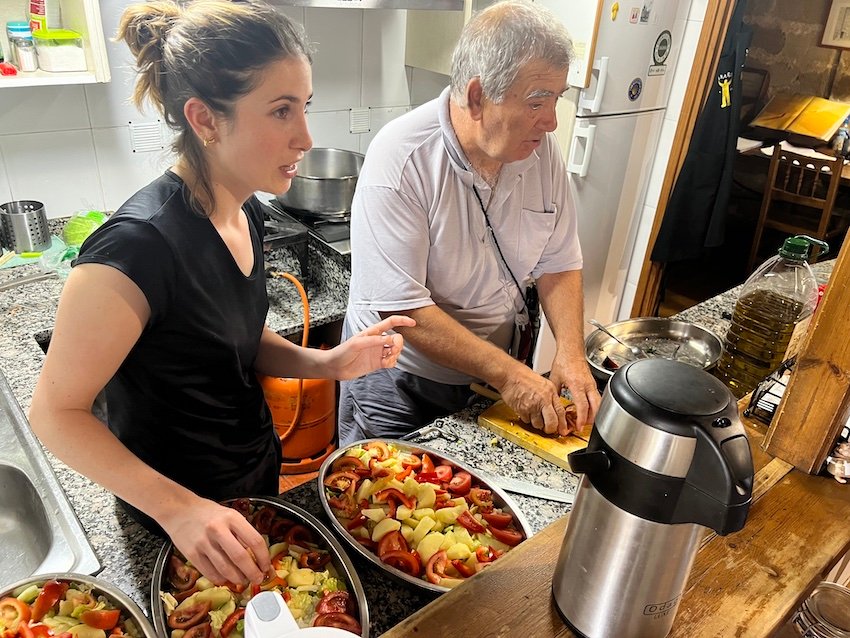
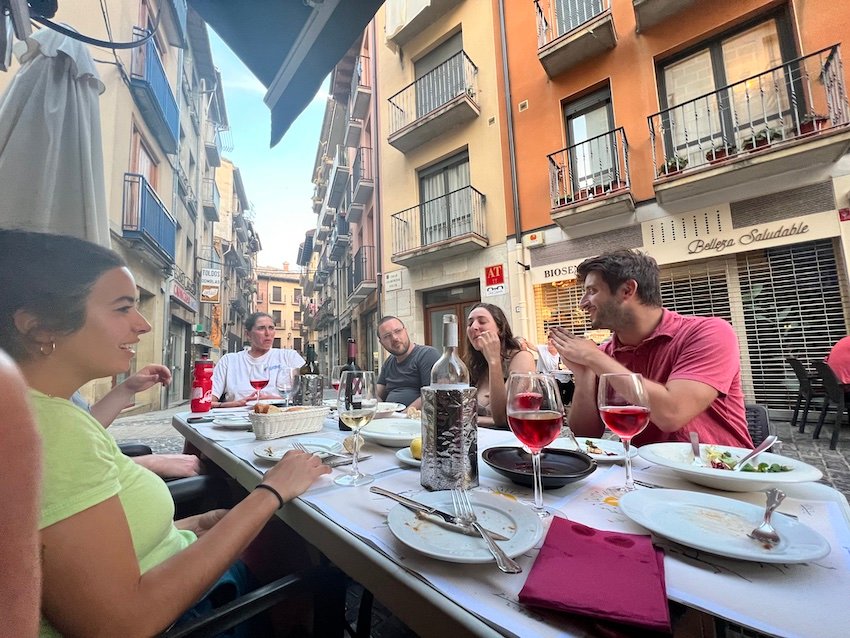
Final thoughts on preparing to walk the Camino de Santiago:
Walking the Camino de Santiago is an incredible experience. People of all different backgrounds and religions/atheists are all welcome – even though the Camino is originally a Christian pilgrimage. I met so many interesting people along the way; and also spent lots of time quietly walking on my own – which was equally amazing. If you want to find people, there will be people; if you want to find yourself in solitude – you will find that as well. The Camino provides. A path this long is full of surprises – what you make of them will help you learn deeply about yourself, and the world around you.
